Sleeping in space: did you know?
29th May 2023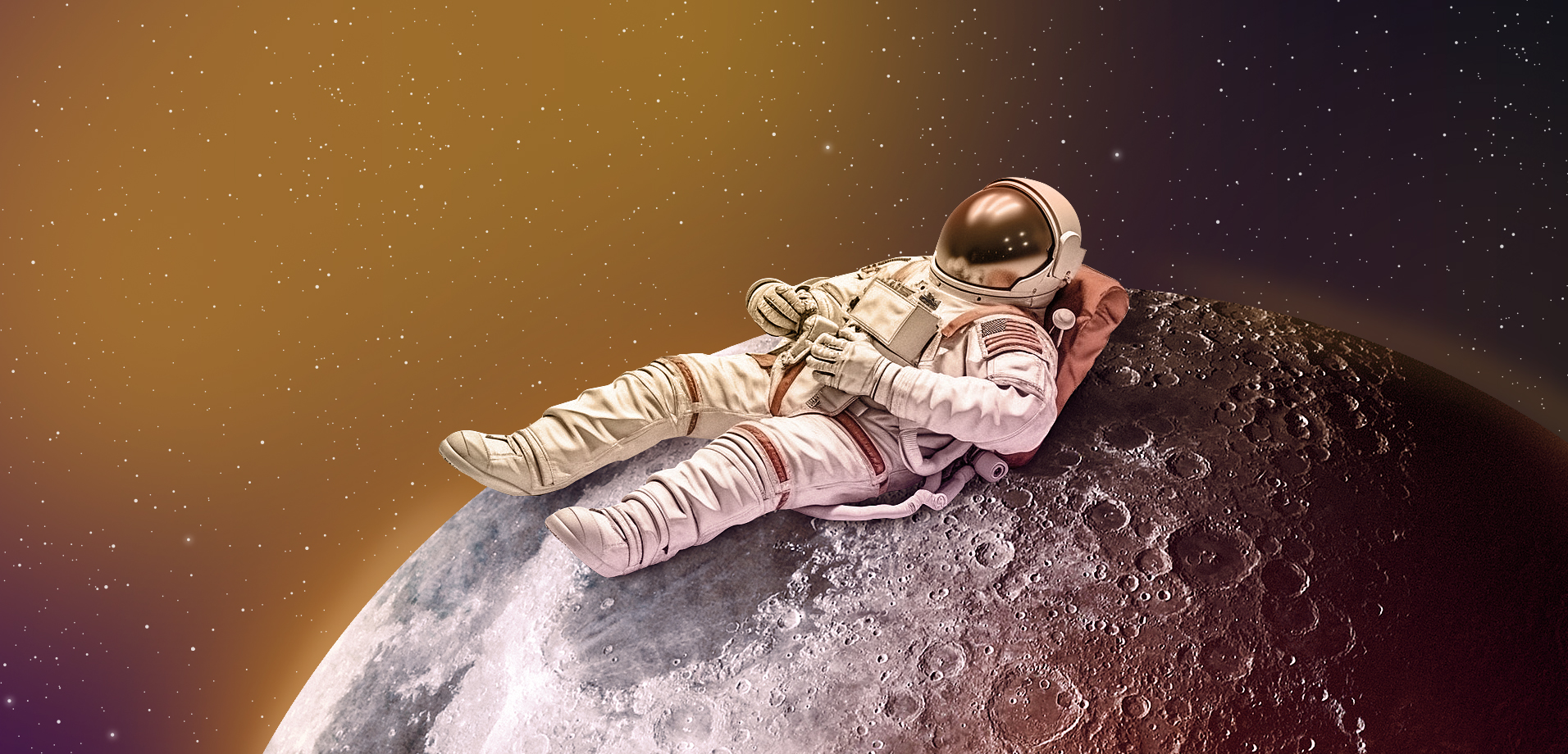
How do astronauts sleep in space? How long and under what conditions is sleeping in space possible and safe? Are there side effects? Let’s find out everything there is to know about astronauts’ sleep in space.
Who were the first astronauts to sleep in space?
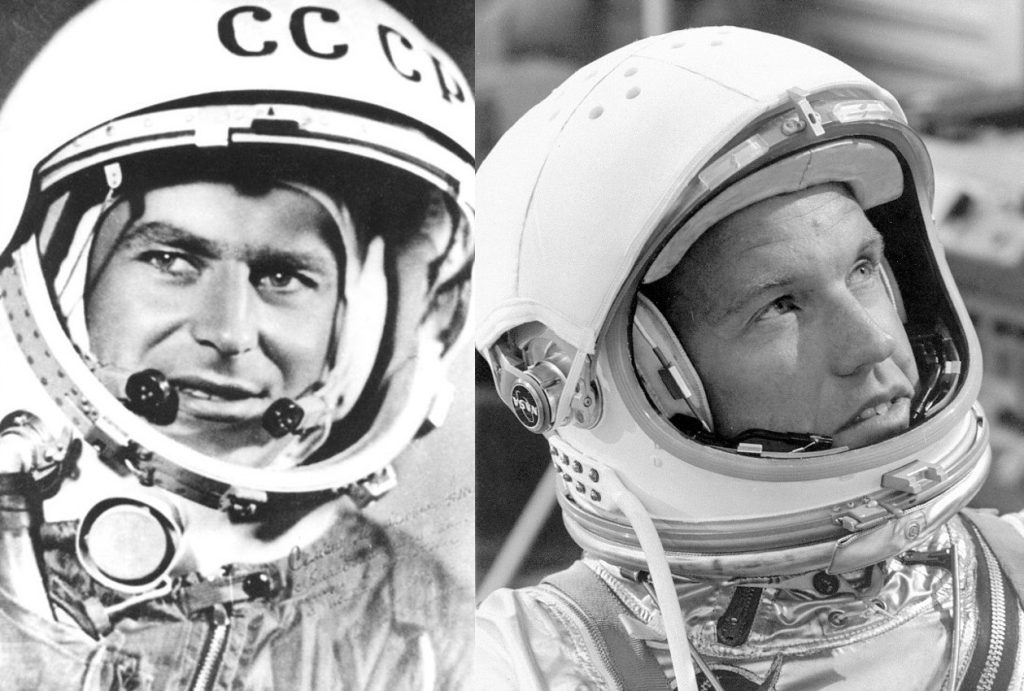
The first person to sleep in space was Soviet astronaut Herman Titov. During the 25-hour flight on the Vostok-2 spacecraft on August 6, 1961, Titov overslept one revolution around the Earth out of 17 completed, and on waking up, the astronaut found that his hands, which were not fixed by anything, were “flying,” threatening to accidentally press the controls. Titov fastened them with straps and went back to sleep. After the flight, the astronaut noted that you can sleep in space, but you need to prepare for this.
Two years later, the first American slept in space. It was the astronaut of the manned Mercury program, Gordon Cooper. During the last flight of Mercury-Atlas 9 in 1963, he spent 1 day and 10 hours in space, making 22 orbits around the Earth. The astronaut noted that the small size of the spacecraft posed some difficulties for sleeping in space.
How did the Apollo astronauts sleep?
As space exploration efforts increased, so did the duration of space flights. In particular, the duration of the Apollo lunar missions reached 75 hours. Obviously, the astronauts needed sleep. However, not a single astronaut crew managed to sleep normally:
- The reasons for that during the first astronaut flight in 1969 were the small space and bulky spacesuits, which did not protect from strong noise and cold.
- For the second flight, hammocks, special harnesses and blankets were made, but the astronaut crew still didn’t sleep because of the noise. No earplugs or sleeping pills were used on this space mission.
- The third time, Apollo 14 landed on the surface of the moon at an angle, so the astronauts had a feeling that they were falling.
- The next astronaut crew was, one might say, lucky. They slept with earplugs in light clothing at a comfortable temperature. But there was another minus — very bright sunlight.
- The astronauts on the last two missions in 1972 slept comfortably without spacesuits, but the uniqueness of their positions and the adrenaline levels in their blood prevented proper rest.
So, the experience of the first long-duration manned space flights helped identify a number of challenges associated with the sleep of astronauts. Let’s find out why sleeping in space turned out to be a problem and how it was solved.
Sleeping in space: what’s wrong with it?
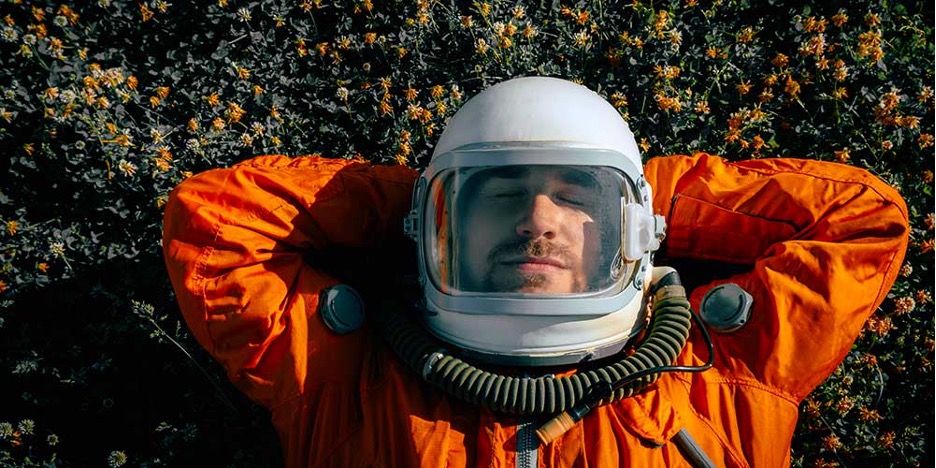
As a physiological process, astronaut sleep in a spaceship is no different from sleep on Earth. But the quality of sleep in space is different from earthly sleep, and not for the better. Is it harder to sleep in space? Definitely, yes. Let’s consider the main challenges astronauts face when they sleep in space.
Сircadian rhythms disruption
This is the first of many problems with sleeping in space. On Earth, we are used to getting up in the morning, being active during the day, relaxing in the evening, and sleeping at night. And the same cycle repeats day after day. In space, there is no usual rhythm of day and night. The sun rises and sets every time the ship makes one revolution around the Earth. For example, the ISS makes one revolution around the Earth every 90 minutes. As a result, astronauts on board the space station observe a sort of sunrise and sunset 16 times a day. How do you sleep in space when a day lasts an hour and a half? The astronaut’s body is simply confused about when to be awake and when to sleep.
Zero gravity
On Earth, the force of gravity acts on us, but how do astronauts sleep in zero gravity? They cannot simply lie down on a horizontal surface and cover themselves with a blanket. Astronauts have to fix their limbs and body so as not to get injured and to feel more “down to earth”. The feeling of emptiness and unaccustomed lightness in the muscles complicate the astronaut’s sleep in space.
Uneasy environment
A spaceship is not a comfortable home on Earth, so astronauts won’t be able to sleep in space as they would at home or in a hotel:
- little space;
- all astronaut crew members are together; there is no privacy;
- sunlight in viewing windows is brighter than on Earth;
- a lot of noise from different devices;
- uncomfortable temperature.
These conditions cause physical discomfort and affect the depth and duration of sleep. Astronauts often wake up, have difficulty falling asleep, and may even have nightmares.
Poor air circulation
Due to the lack of gravity, carbon dioxide exhaled by astronauts can form a bubble around the head. Then oxygen will then stop flowing into the brain, and its cells will die. Five minutes is enough for the onset of irreversible processes. So, astronauts must sleep near a vent so that the supply of oxygen is constant.
Do you snore in space?
No. People snore if they have anatomical abnormalities or diseases of the upper respiratory tract. Under the force of gravity, the relaxed tongue and surrounding tissues vibrate, resulting in snoring. The spacecraft has very low gravity, so the air passes through without difficulty, and the soft tissues do not sink into the throat. Even if on Earth you have been snoring in sleep all your life, you will not snore in space. But this is perhaps the only plus of sleeping in space.
What are the side effects of sleeping in space?
Sleeping in space shuttle for an extended period later affects sleep in ordinary terrestrial life. Astronauts returning home from long missions face problems with light sleep stages, falling asleep, and sleep quality. Without timely assistance, such sleep difficulties can develop into chronic fatigue, lead to cognitive impairment, decreased performance, and serious illness.
How are the problems with sleeping in space solved?
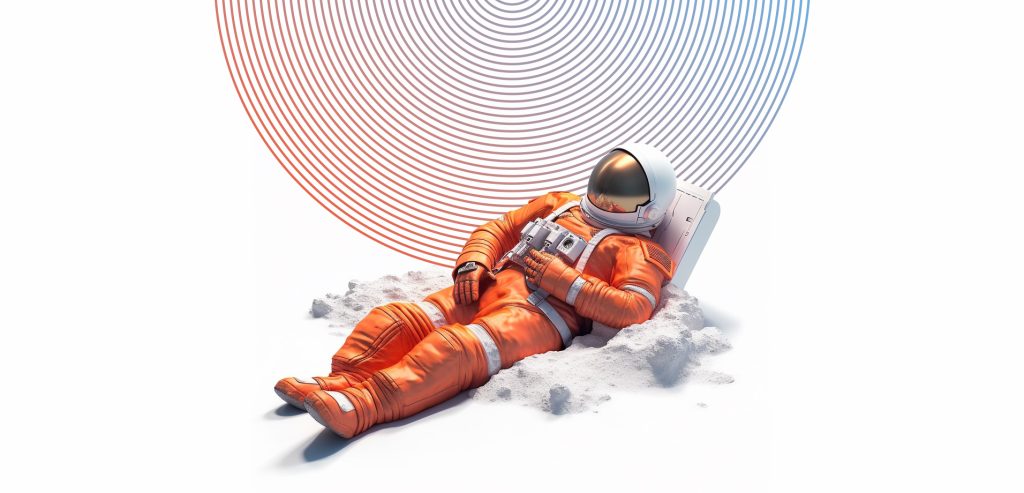
Scientists are constantly working to improve sleep quality in space and reduce the negative consequences after a space flight:
- using computer modelling, biomathematical models are developed to study the biological dynamics of the need for sleep and the circadian rhythm;
- trainings on sleep and relaxation in space are conducted;
- genetic variations that affect the ability to sleep in space and the speed of adaptation to conditions on board are studied;
- ways on how astronauts strap themselves in to sleep are being improved;
- the experiences of astronauts who have been on long space missions are studied.
Let’s look at how effective the work of scientists from NASA and other space agencies has been in this direction.
Is it comfy sleeping in space now?
Today, the only place in space where astronauts can stay for up to six months is the ISS, so the main scientific research is related to it. Since there is no gravity at the space station, the usual understanding of the floor and ceiling inside the ship disappears, and sleeping places are equipped in a special way:
- the sleeping compartment is approximately the size of a phone booth, so that each astronaut can retire relatively comfortably;
- surfaces are upholstered with soft textiles to protect from sunlight and absorb noise;
- the astronaut sleeping bag is tied to the surface with elastic straps;
- there is a place for the astronaut’s personal belongings;
- there is local lighting;
- equipment for connecting a player or a laptop is provided.
Astronauts use pillows and change into pyjamas or other comfortable clothing to simulate terrestrial sleep conditions as much as possible. At the same time, astronauts do not have to sleep in specially equipped places. The ISS is spacious enough for the sleeping bag to be stowed almost anywhere. Earplugs and face masks are used for additional protection from the noise and bright sunlight coming through the ship’s viewing windows.
How long do astronauts sleep on the ISS?
On board the ISS, about 8.5 hours are allotted for astronauts’ sleep. However, astronauts usually sleep for six hours since the muscles, in the absence of gravity, are not worked as hard as they are at home. How do astronauts know when to sleep? The ISS has a clear schedule:
- 6:00 a.m. — wake up to the alarm clock;
- 6:00-7:30 — hygienic procedures, breakfast;
- 7:30 — conference call with the mission control centre of each state;
- at the end of the conference — time for scientific experiments;
- solution of domestic issues and station maintenance;
- lunch;
- from lunch to 17:30 – work within the mission framework;
- 17:30 – conference call with mission control centres;
- 20:00 – evening meal;
- 21:30 – preparation for sleep and going to ‘bed’.
However, astronauts do not always get enough sleep due to emergencies, and on weekends, they ask to sleep a little longer to make up for the previous lack of sleep. If the work is busy at night, then the astronauts are allocated additional time for sleep and rest after it.
Final thoughts
Who knows, perhaps in the near future, scientists will be able to elimnatei zero gravity and sleeping in space will be no different from what it is on Earth. And in another 50 years, astronauts will travel huge distances to distant planets in space hibernation capsules. But so far, only heroes in space fiction movies have such a privilege.
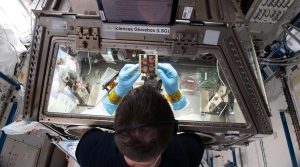
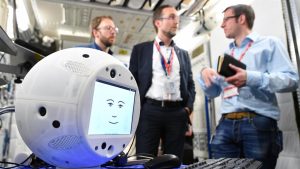

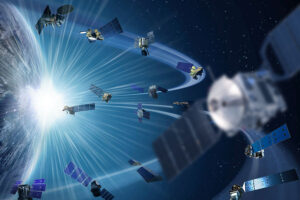


Thank you for your comment! It will be visible on the site after moderation.